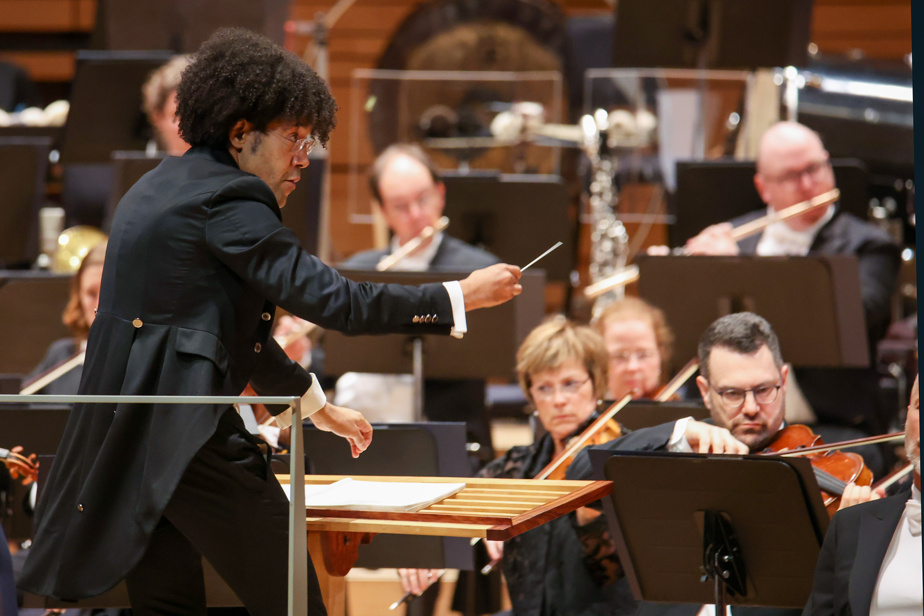Rafael Payare showed that he could surpass himself in each concert, in often very different repertoires. The opening concert of this season (the first entirely designed by him), given Tuesday evening at the Maison symphonique, was no exception.
The association of Janáček’s Glagolitic Mass and Stravinsky’s Rite of Spring might seem surprising at first glance. But at the end of the concert, the association of these two works, heirs of an authentic musical Slavism initiated in particular by the Group of Five (Mussorgsky in particular) seemed natural, despite the dichotomy between a first sacred part and a second incontestably pagan.
It’s been a while since the OSM has launched into this flagship score by Janáček. It must be said that the forces present are not idle. Both the choir and the various sections of the orchestra are strongly solicited in the treble, generating a tension which nevertheless fits perfectly with the “rough” side of the score. These technical requirements are also accompanied by very real challenges in terms of intonation, challenges that no ensemble, even experienced, can take lightly.
But the degree of finish was nevertheless impressive, particularly on the side of the choir (prepared by Andrew Megill), which went through the score without any problem. The sopranos were particularly noted for the quality of their tone.
As for the soloists, placed in front of the orchestra, the Swedish soprano Camilla Tilling, also very much in demand in the high notes, also stood out with a voice that was both supple and powerful. Tenor Ladislav Elgr, Janáček’s only compatriot of the lot, had more difficulty in his high notes which, it must be said, are particularly formidable. Quebec contralto Rose Naggar-Tremblay and British bass Matthew Rose, much less featured, were ideal.
In the same way, the difference between the multiple episodes of the Gloria (a series of short vignettes, as in Stravinsky) seemed smoothed out.
The conductor, however, began to relax more in the Credo, whose music suddenly took on more depth. The rest of the score was to match.
Organist Jean-Willy Kunz offered an excellent Postlude, played on the mechanical traction console perched at the top of the room. Unlike several performers, he did not disrupt the speech (it’s an Allegro, not a Prestissimo… except at the end), bringing out each element well with registrations where the reeds and mixtures were ideally balanced.
It was still nothing, since the Coronation was still waiting. There, no downside for the beginning, which goes straight to the point (except for a slightly aggressive crescendo from the solo bassoonist). The offbeats (especially in the famous “Omens of Spring”) are just percussive enough. The “Spring Rounds” are truly “tranquillo”. Everything is flexible, everything breathes. We sit down and enjoy. It’s not more complicated than that.
